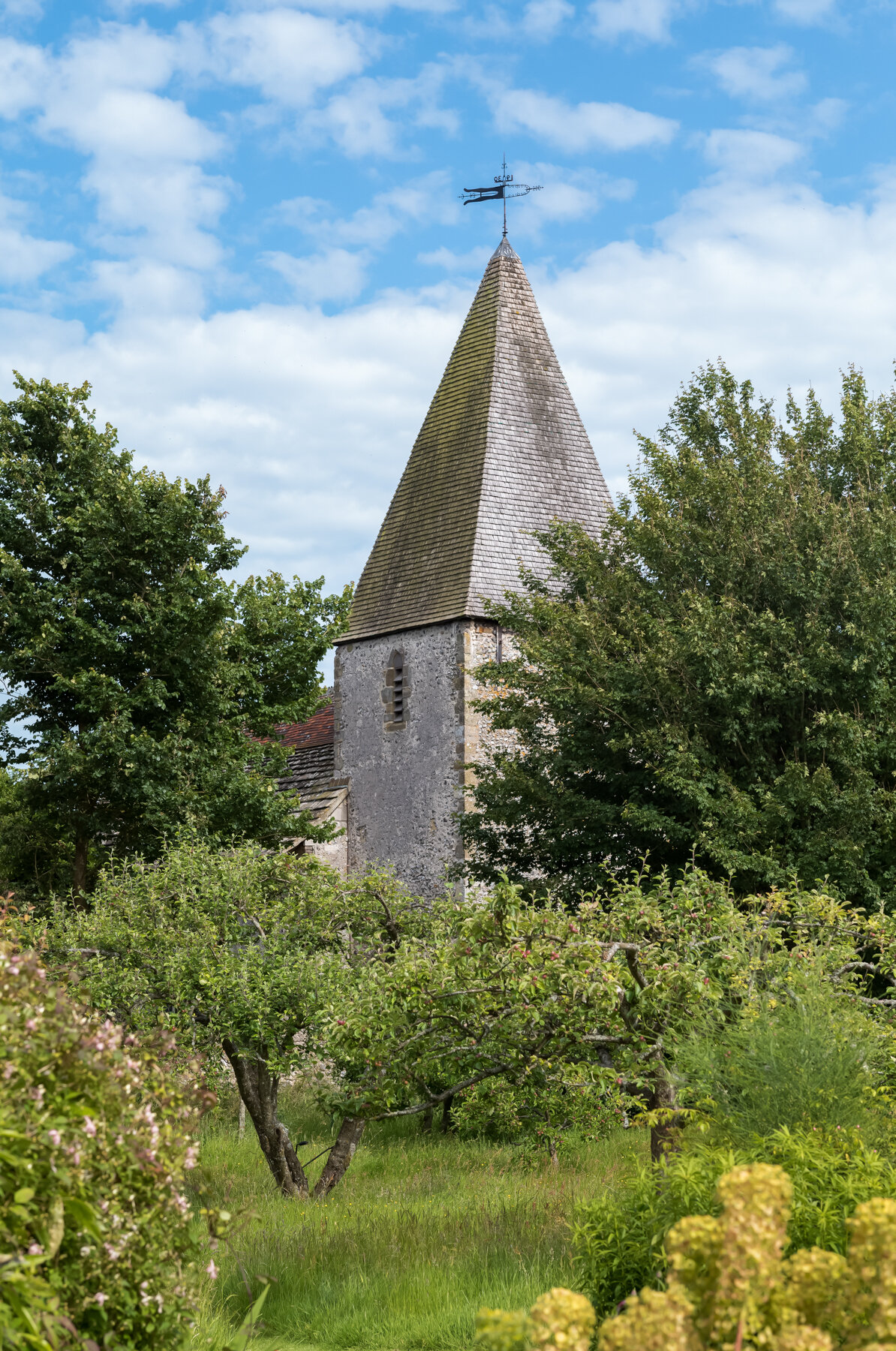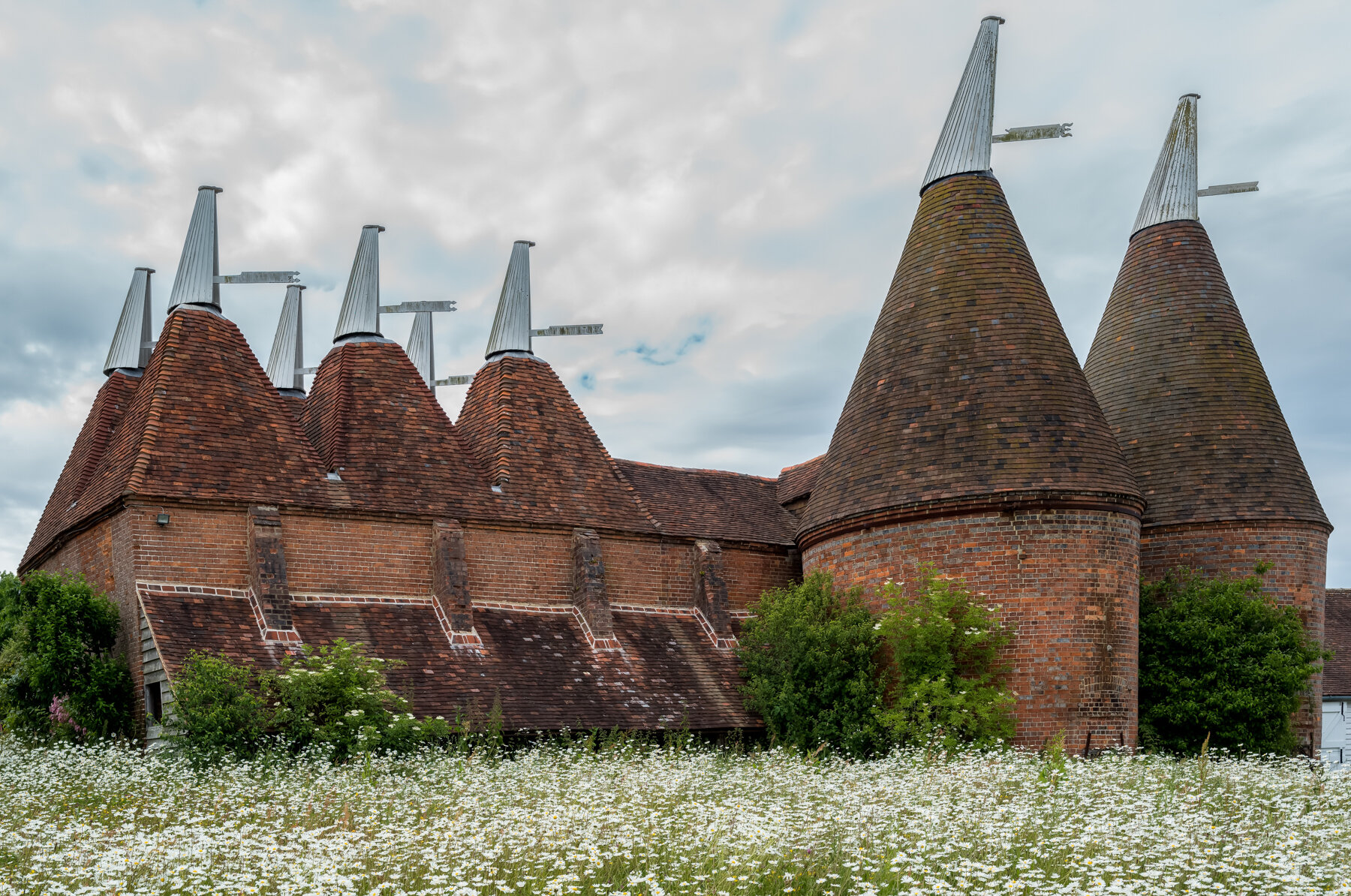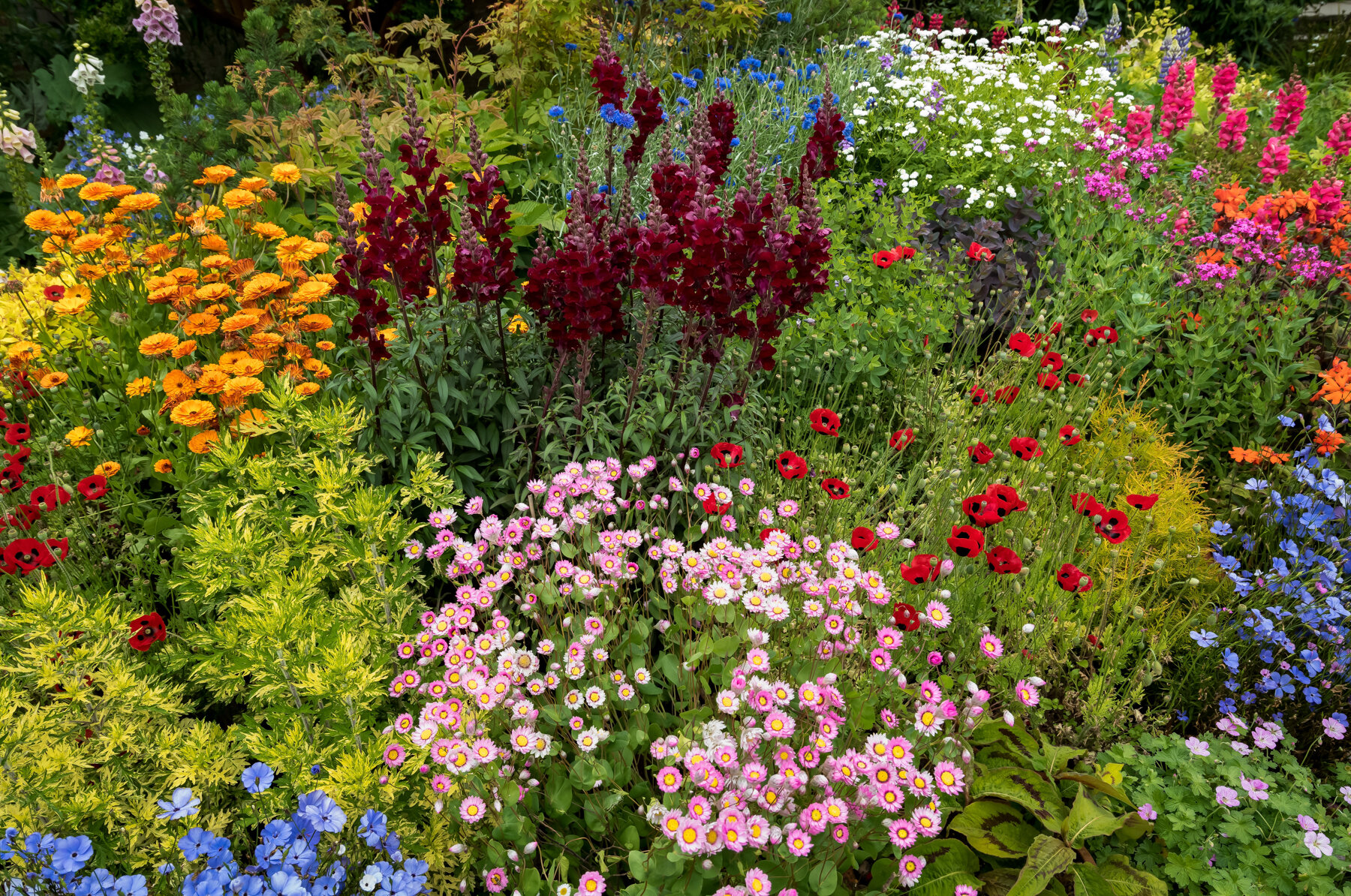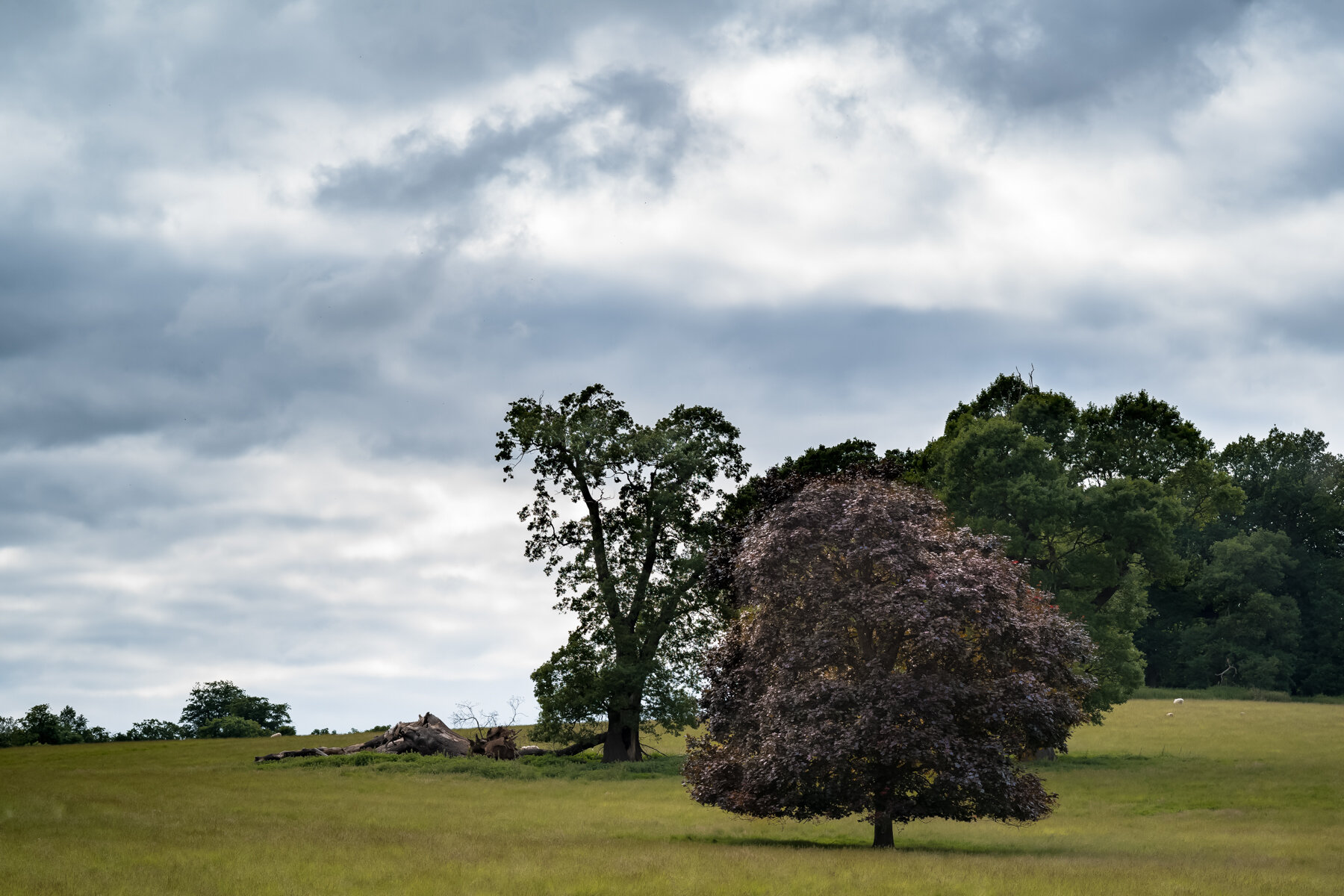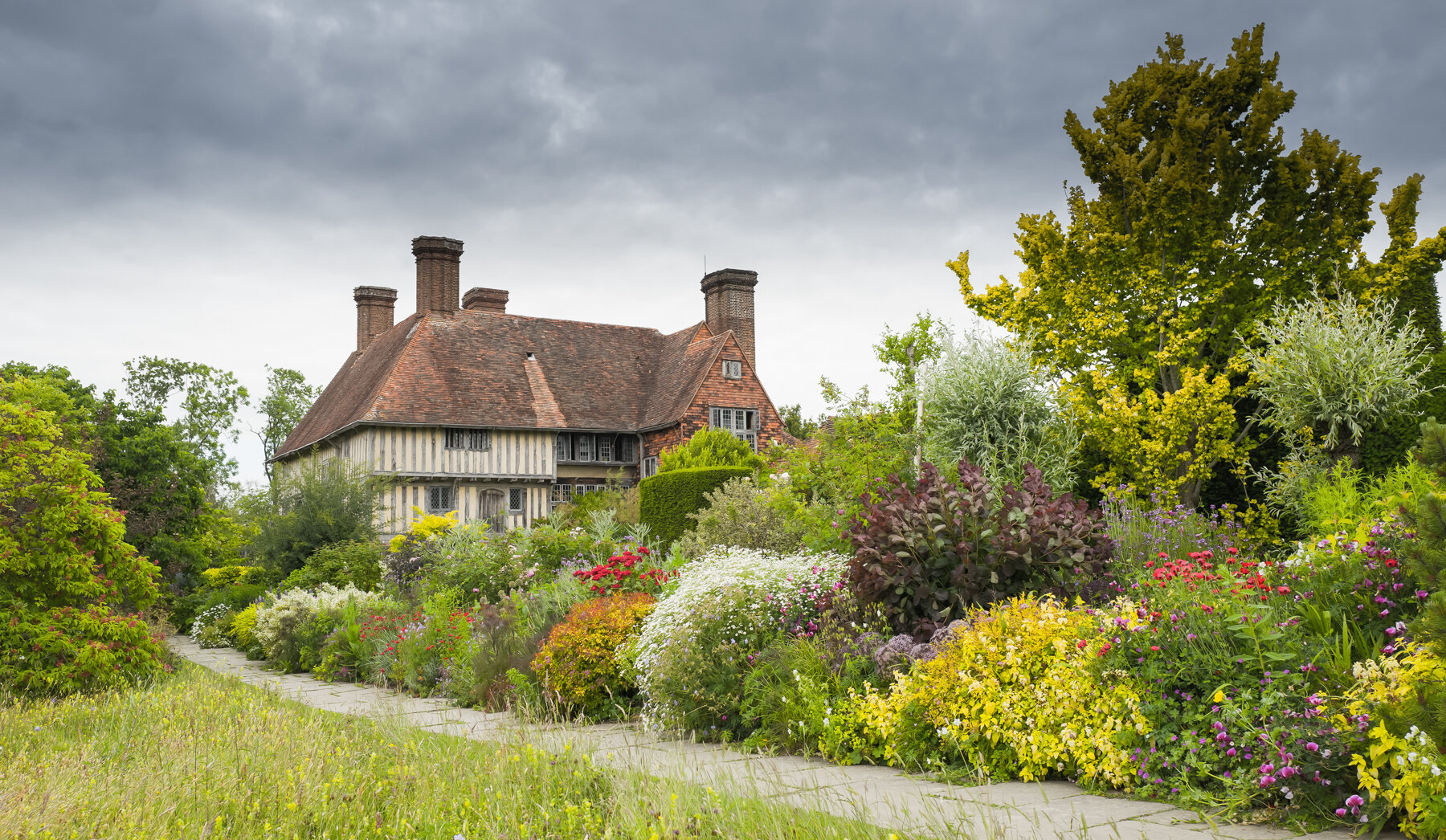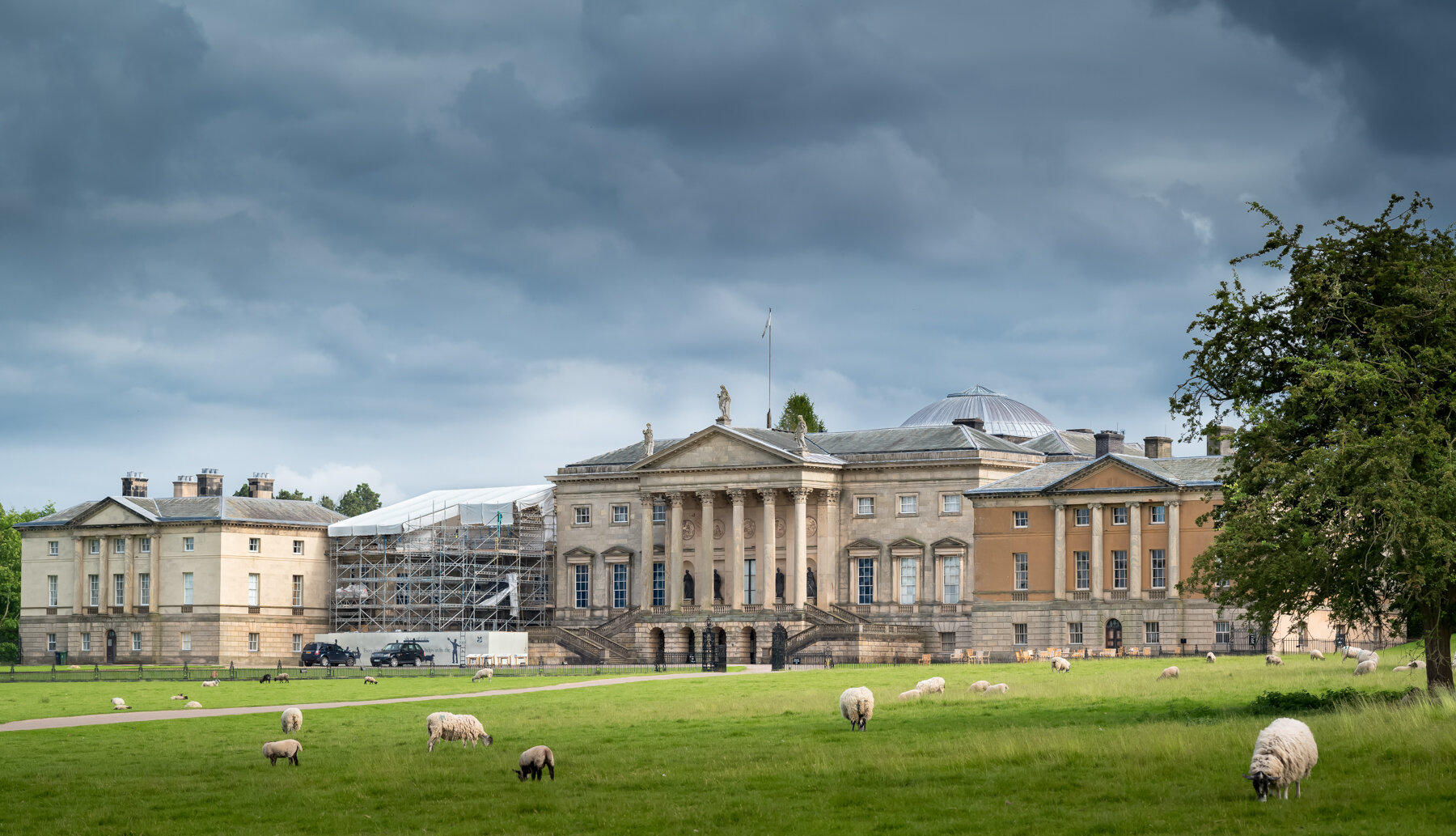An English Garden Tour
English gardens inhabit our imagination: fine country estates, grand parks, historic manor houses adorned by formal floral beds, quaint & quirky homes with their kitchen gardens.
In the first fine weeks of June 2017, we entered into this enchanting landscape on a driving trip in the English countryside. Ruth brought her ubiquitous Q and I had my S (007) kit along with a RRS L bracket & tripod.
Our destination was Sussex, and the first stop was Monk’s House in Rodmell, the country home of the writer Virginia Woolf and her husband Leonard. She came to escape the stressful demands of London and found enough tranquility to work on her breathtaking novels. Her husband, Leonard, created a garden of fragrant roses blooming just outside her bedroom window, a millstone terrace adorned with tall ancient urns and a lush orchard, all always in sight of the nearby church steeple. Her books Jacob’s Room, Mrs. Dalloway, To the Lighthouse, Orlando, The Waves, TheYears and Between the Acts are all deeply connected to Monk’s House and the garden.
The Woolf ’s were members of the Bloomsbury Group, an intellectual social set of writers, painters, poets and philosophers including TS Eliot, Lytton Strachey, EM Forster, John Maynard Keynes and Vita Sackville-West.
Vita Sackville-West and Virigina Woolf were great friends, an intimate and complicated lifelong relationship. Sackville- West grew up in a grand house nearby, but she could not inherit under English law, so she and husband Harold Nicholson purchased Sissinghurst in the weald of Kent in 1930, a dilapidated Elizabethan castle. “Hurst” is an Old Saxon term for hillock, knoll or wooded mound, a pile of dirt. And so the place was when Vita and Harold first moved in. Immediately they began building, creating what came to be one of the most famous gardens in the world, a series of outdoor “rooms” connected by a variety of “doors”, each with its own atmosphere, style, function, decoration and mood. High clipped hedges and warm brick walls, enclose and reveal unique planting schemes, one all white, another roses, one bright hot and another pure utter simplicity.
Driving through the winding, verdant lanes of Sussex and Kent we remarked on the funny looking white cones that topped what seemed to be barns. At Sissinghurst there is a remarkable example of these cowl shaped tops of oast houses, designed to funnel warm dry air into a large ventilated barn. Harking back to the 16th century when fresh drinking water was rare, and fermented beverages, beer and ale were more generally consumed, oast houses were built to dry the hops used in the brewing.
Sackville-West was strongly influenced in her garden design by other important English garden designers - Gertrude Jekyll and Edwin Luytens. They both worked in the South of England andon nearby properties. The Arts and Crafts Movement in synch with the values of the Bloomsbury group featured prominently in the architecture and landscape of the period.
Situated about halfway between Monk’s House and Sissinghurst is Great Dixter, a Tudor period house refurbished and expanded by Lutyens, and home to gardener and writer Christopher Lloyd. Lloyd was a horticulturist who embraced inventive and nearly revolutionary ideas. He devised his garden as an intricate web with interconnected but separate spaces, exuberant floral arrangements, inventive topiaries and an immense wild flower meadow.
Heading north we drive up to Kedleston Hall in Derbyshire, seat of the Curzon family since the 13th century. The esteemed architect Robert Adam conceived this house
and its surrounding gardens and grounds in the 1750’s. Based on the then new landscape design set by Lancelot ‘Capability’ Brown, the plan is for wide open spaces, great lines against the horizon, loose groupings of mature trees with carefully positioned decorative elements including bridges, parterres, geometrically shaped lakes and pools, neatly enclosed by hedges and avenues.
In this landscape we see again and again the Cedar of Lebanon. This ancient tree has been known on the slopes edging the Mediterranean for more than 2,500 years. It is the tree that is most mentioned in the Bible and symbolizes strength and fruitfulness. Tradition holds that a Dr. Edward Pococke brought the Cedar of Lebanon to Britain in 1641. “Capability” Brown and his followers quickly adopted the tree. Its characteristic and exotic horizontal habit populate many great estates – their silhouettes defining the outline of great ancestral homes. We know this tree today as the iconic image of Highclere Castle in Hampshire (aka Downton Abbey).


